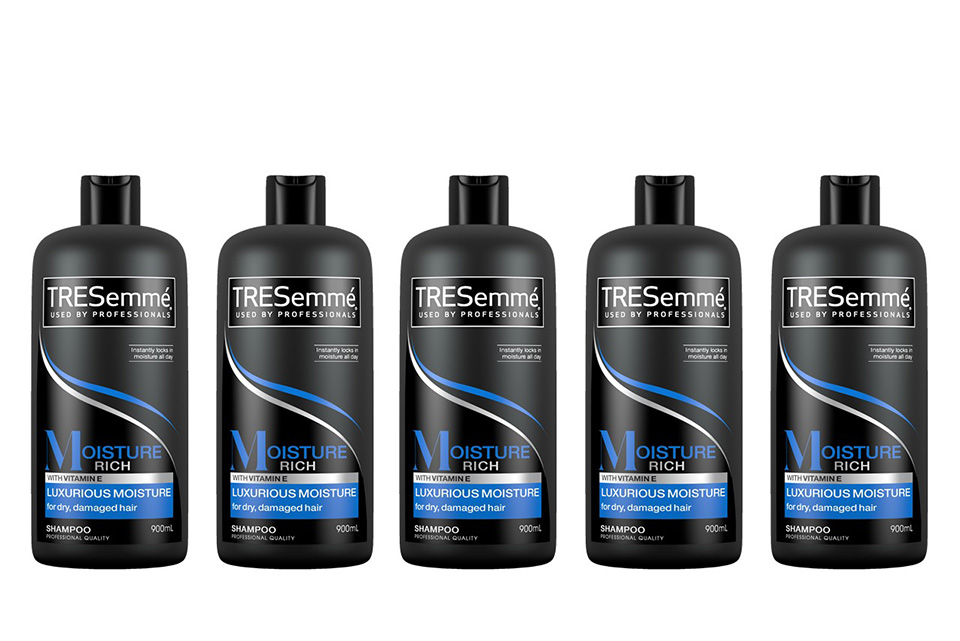 One of the world’s largest consumer packaged goods companies will roll out a black plastic HDPE bottle that near-infrared sorters can identify.
One of the world’s largest consumer packaged goods companies will roll out a black plastic HDPE bottle that near-infrared sorters can identify.

 One of the world’s largest consumer packaged goods companies will roll out a black plastic HDPE bottle that near-infrared sorters can identify.
One of the world’s largest consumer packaged goods companies will roll out a black plastic HDPE bottle that near-infrared sorters can identify.
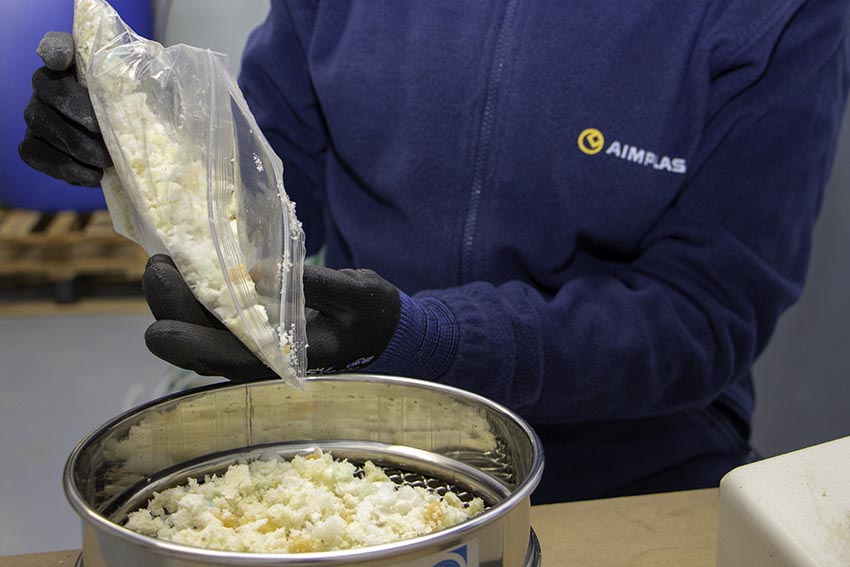
A project is exploring the use of chemistry to recycle polyurethane foam from a variety of durable goods into higher-end applications.

Alan Barcon of PolyOne Corporation.
Processing technology can be used to overcome shortcomings in both PET and mixed plastics, according to two plastics recycling professionals.
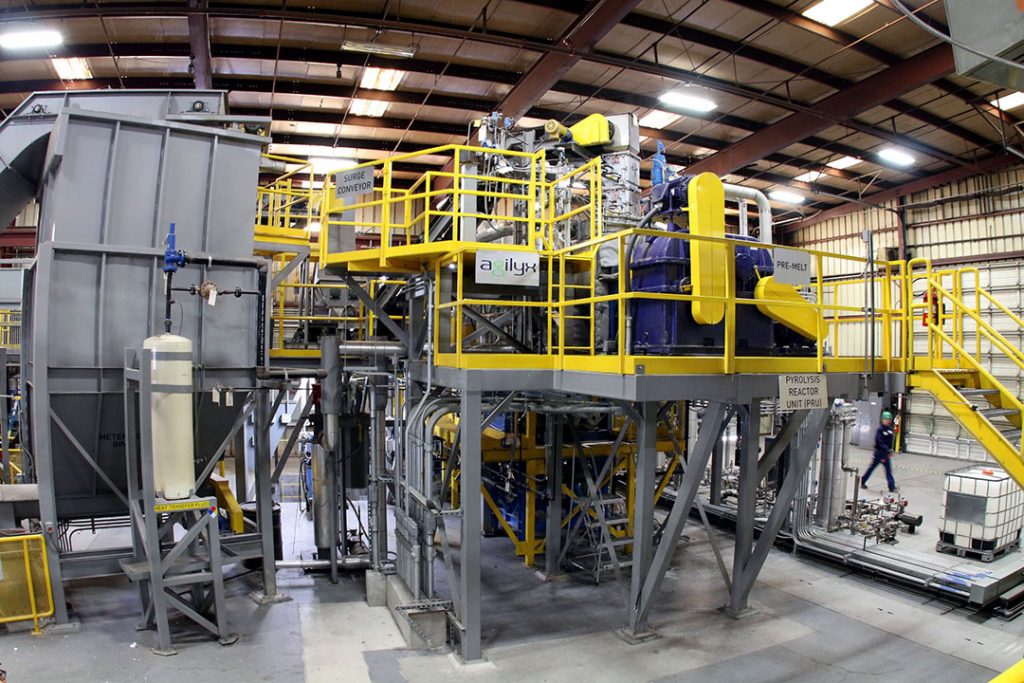
The Agilyx polystyrene processing facility in Oregon.
At least 60 organizations are working to scale up depolymerization, pyrolysis and other emerging plastic processing methods. The North American market for the resulting products could top $100 billion annually.
 Researchers have found a way to convert post-consumer LDPE and HDPE into energy-storing carbon that can be used in batteries.
Researchers have found a way to convert post-consumer LDPE and HDPE into energy-storing carbon that can be used in batteries.
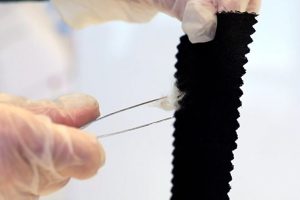
TruClean’s anti-static properties are demonstrated in a Unifi video.
A major consumer of U.S. PET bales has unveiled three products made with recycled polyester and nylon.

APR’s John Standish on stage at the APR Plastics Recycling Showcase and Technical Forum.
The global nature of the business, equipment advances and packaging innovations were all covered in this year’s Association of Plastic Recyclers Plastics Recycling Showcase and Technical Forum.
A PET recycling industry group gave its temporary blessing to the use shrink sleeve labels with perforations, which will assist in sorting and recycling.
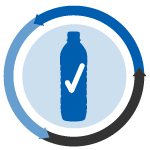 The U.S. Food and Drug Administration gave a New England plastics reclaimer the thumbs up to recycle a polyolefin blend for use in cutlery and food packaging.
The U.S. Food and Drug Administration gave a New England plastics reclaimer the thumbs up to recycle a polyolefin blend for use in cutlery and food packaging.
